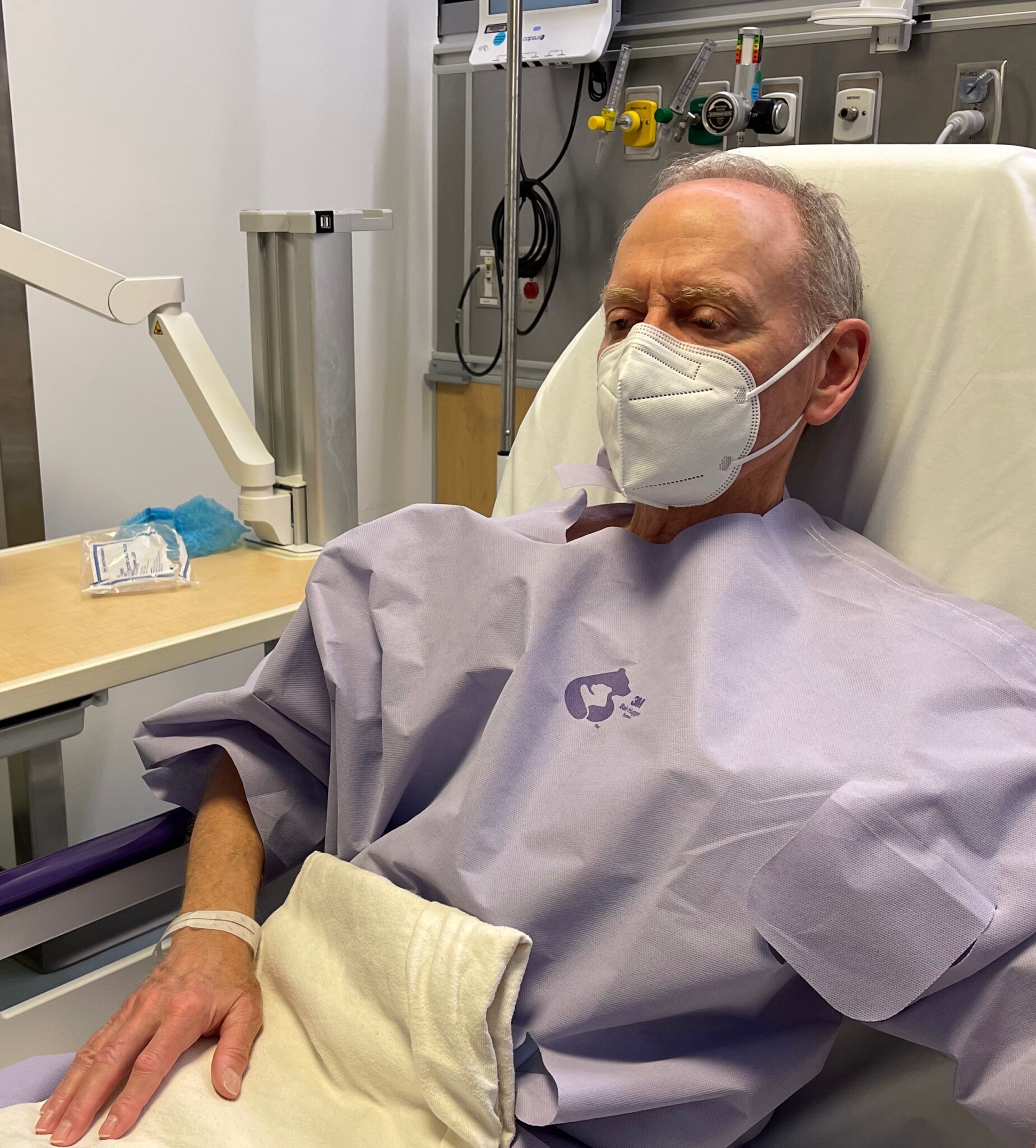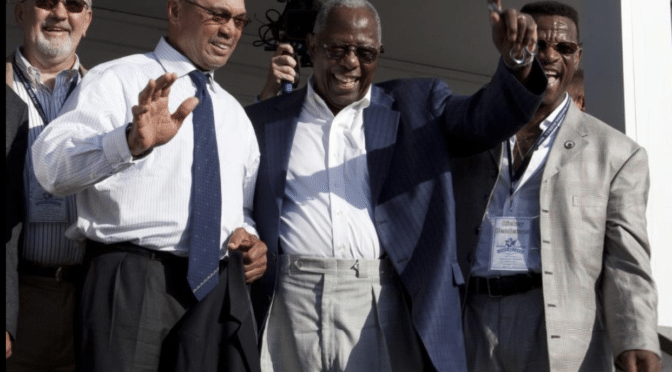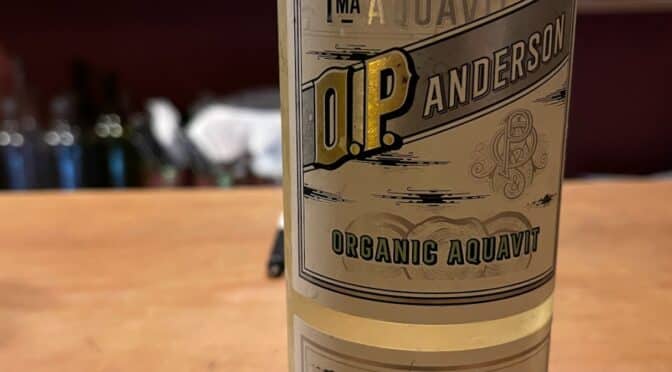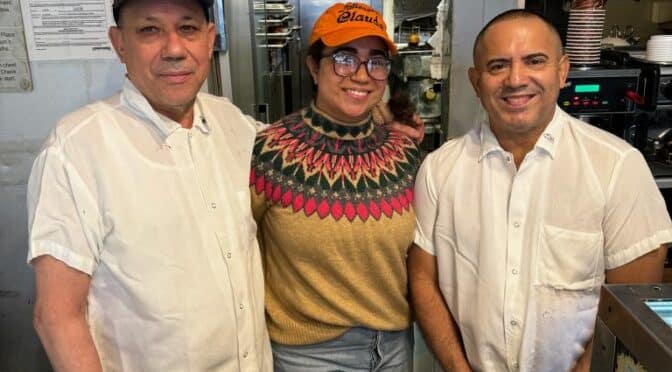by Nick Taylor
My father died of prostate cancer. He didn’t know until it was too late, when the cancer was in his bones and lymph nodes. Like father like son often applies in prostate cancers. That’s why I had routine prostate screening. I paid attention to my PSA — prostate specific antigen — blood test results.
There was nothing remarkable in those results for a long time. Readings in the 3s. But in 2017, the lab reported a spike to over 5. Dr. Peter Zeale, my primary doctor for over thirty years, sent me to a urologic oncologist in the NYU Langone health system. Dr. Samir Taneja ordered a second test, and this produced a number back in the 3s. I went away relieved that the first result was a false positive.
There’s some argument these days about whether men should even continue to have prostate screening and their PSA tested beyond a certain age. I’m 76. The roll-of-the-dice thinking here is that if you get prostate cancer late enough, something else will kill you first. But prostate cancer is the second most common cancer diagnosed in the United States, and it’s asymptomatic until it’s too late. So the blood work from my annual exams always included a PSA test.
After 2017, my PSA readings crept up slowly, from 3.530 in 2018 to 4.110 in 2019 to 4.130 in 2020. When the lab work from my exam in September 2021 produced a PSA reading of 4.270, Dr. Zeale said, “I think you should have an MRI.” I contacted Dr. Taneja’s office to arrange it.
I met on December 1 with Dr. Taneja’s assistant, Samia Choudhury. She works with him in the Urology Department in an NYU Langone building on 41st Street between Second and Third Avenues. As we talked, I realized I was a stranger to the modern medical infrastructure. My regular doctor sees me in person and responds to calls and emails. But in this case, I was introduced to a medical bureaucracy. I wouldn’t even call the doctor’s office anymore. All my dealings would be handled through MyChart, an app where I’d learn of my appointments and test results and I could message any questions I had. I could even read the notes about me from the medical professionals on the other side.
Choudhury told me as our meeting ended to watch MyChart for my MRI appointment.
Walking back to the Sixth Avenue subways on 41st Street approaching New York’s magnificent main library, I realized I was on Library Way. Bronze plaques set into the sidewalk offered quotes for book lovers. The one that struck me on this day was from Georges Braque: “Truth exists. Only falsehood has to be invented.” I guess with the MRI I was after the truth.
Later, I read the notes in MyChart from our session and looked at myself through her eyes.
Psychiatric/Behavioral: The patient is not nervous/anxious.
Constitutional: He is oriented.He appears well-developed and well-nourished.
Neurological: He is alert and oriented. No gait.
Psychiatric: He has a normal mood and affect. His behavior is normal. Judgment normal.
I walked Library Way again on December 11, a Saturday at 2:10 in the afternoon. On the eleventh floor I was shown to a tiny dressing room where I stripped to my boxer shorts and put on a gown that was open at the back. I climbed onto a gurney with a pad below my knees to lift my legs. I was wearing earphones and an attendant asked my choice of music. “Reggaeton,” I said, but quickly rethought that and changed to piano jazz. After a few minutes someone wheeled me into the room where the magnetic resonance imaging machine hulked, its mouth open like a feeding fish. Now I knew why one of preliminary questions asked if I was claustrophobic. I’m not. My wife, Barbara, suggested I keep my eyes closed and remember to breathe. Now and then, the music stopped and a barely audible voice told me to “breathe in, breathe out, stop breathing.”
Home again, MyChart informed me that I would have a video call from Dr. Taneja that coming Thursday, Dec. 16, at 1:40 p.m. Taneja came on and without much preliminary chit chat said, “It’s two-thirds likely that you have cancer.”
I felt myself leaning in to the computer. When Barbara was diagnosed with 9/11 related lung cancer, she said, “Okay. What’s next? What do I need to do?” I took my cue from her and I was ready to face whatever was before me.
Taneja explained a biopsy would confirm his opinion and let us know whether it was an aggressive form of cancer that had to be dealt with quickly.
The relentlessly efficient MyChart soon informed me the biopsy was set for the first Monday of January 2022.
So on January 3, Barbara and I went together and when I was called in for the procedure she waited doing one of her favorite things, listening to an audio book. It was research, since she also narrates them.
In the biopsy room, wearing yet another gown open at the back, I was told to climb onto the operating table and lie on my left side. An attendant placed a firm pillow between my legs. A large video screen hung on the wall facing me. It showed a blotchy mass in shades of gray.
Dr. Taneja joined the room. I hadn’t seen him in person before now, at least since 2017, and I actually couldn’t see that much of him as he stood behind and over me sliding the biopsy probe up my anus. A local anesthetic killed any pain I might have felt. I asked if I were his first biopsy of 2022. He said dryly that I didn’t have that honor, that I was his second.
“What’s on the screen?” I asked.
“That’s your prostate.”
The probe started making snapping noises. That was the robot snipping tissue samples, said Taneja. It snapped quite a bit. I asked how many samples he was taking. “Sixteen,” he said. “Is that high or low,” I asked. I thought a lower number of samples would indicate a smaller cancerous area, which would be a good thing. “It’s exactly average,” he said.
The next call came, not from Taneja, but from Choudhury, the physician’s assistant. She appeared on my computer screen call wearing serious glasses and a grave expression. “I’m sorry to say,” she said, “you have cancer.”
I wasn’t surprised, given Taneja’s odds and my family history. But I didn’t know if Choudhury was the person I wanted to hear it from. It felt like the kind of news you should hear from the doctor. In fairness to her, she was thorough and professional. She said it was the aggressive kind of cancer and while there were other treatment options, “If you want to live another ten years, surgery may be your best option.” Then she explained that a radical prostatectomy has problems of its own.
Barbara was off-camera on the other side of my desk and we looked at each other. Surgery was the obvious answer. “I’d like to schedule surgery,” I said. “How soon can he do it?” Barbara asked.
“We like to wait five to six weeks after the biopsy to make sure that there is no bleeding,” she said. She went on to sketch the prospects with chemotherapy and radiation. Both had drawbacks, but chemo or radiation, if unsuccessful, would also make a successful surgery less likely.
After the call, Barbara did research and called around. Taneja was talented, smart and one of the top prostate surgeons in New York if not the country. A medical professional told that the best prostate surgeons are not known as the best communicators. Yet I wanted to communicate directly with the doctor and feel comfortable with him.
I messaged him in MyChart asking for a video session so that I could get a better sense of him and he of me. I wanted to be recognized as an individual patient, a person.
And I finally got a message that Dr. Taneja would have a tele call with me on Thursday, Jan. 13. In the call, he patiently went through a description of his findings and talked about surgery. He explained that he wanted me to have a bone scan and a PET scan. Both would help to learn if the cancer had spread beyond the prostate. He wanted to know exactly what he was dealing with. I felt comfortable with him now and I was ready to get rid of the cancer.
Barbara and I had discussed this. Prostate surgery is something no man wants. It’s in a bad place for surgery, right at the bottom of your bladder, and if it’s removed what goes with it is a little sphincter that keeps you from peeing in your pants. But I wanted it out.
After five that afternoon, his office called to offer February 4 or 9 for surgery.
To be continued.




